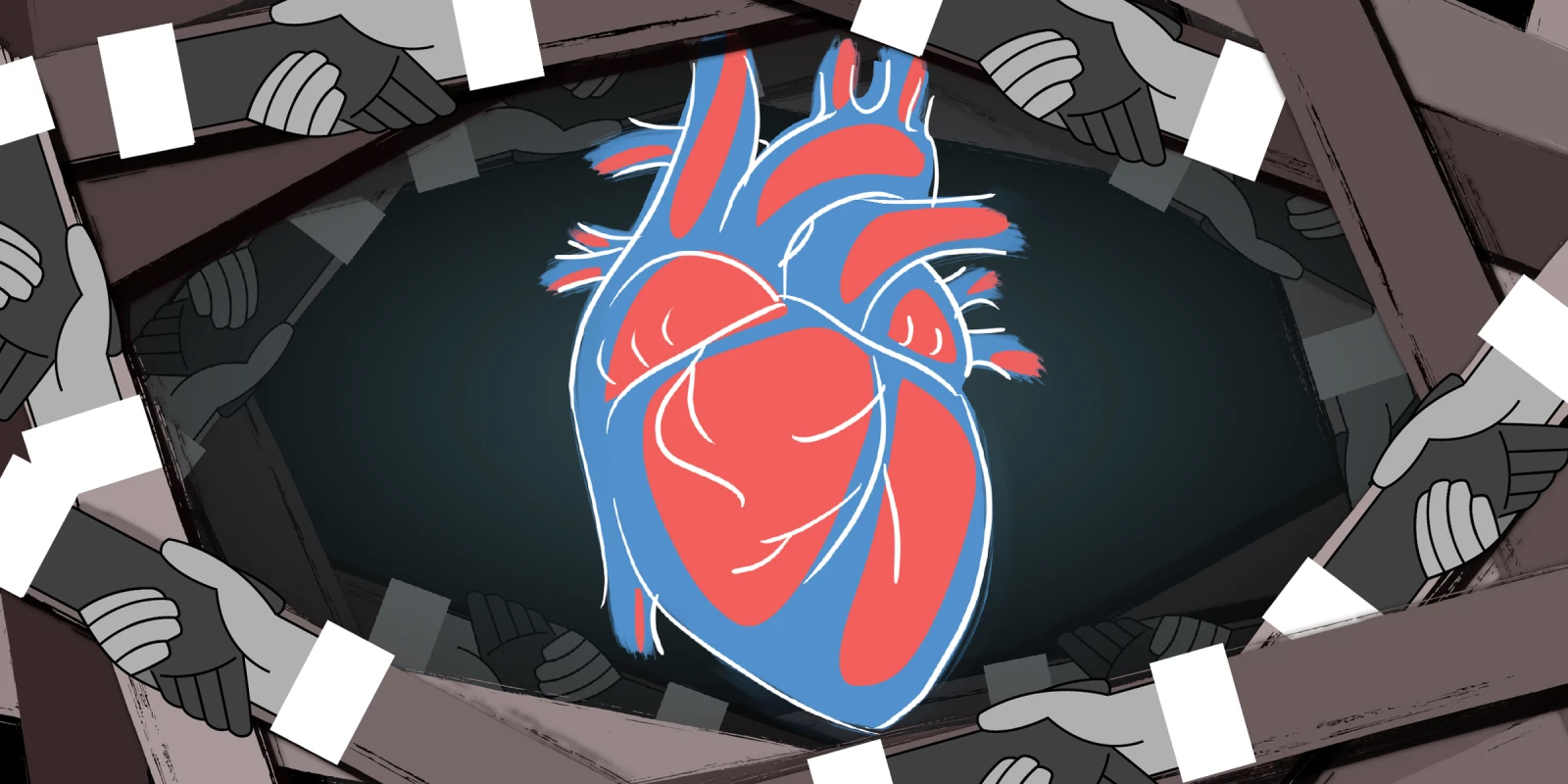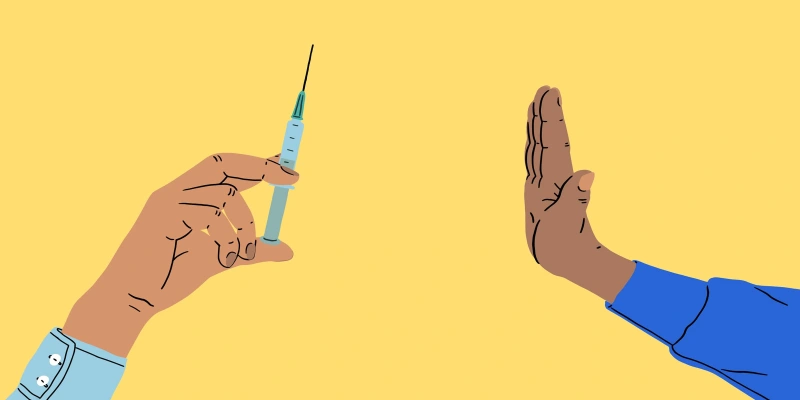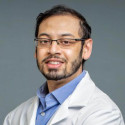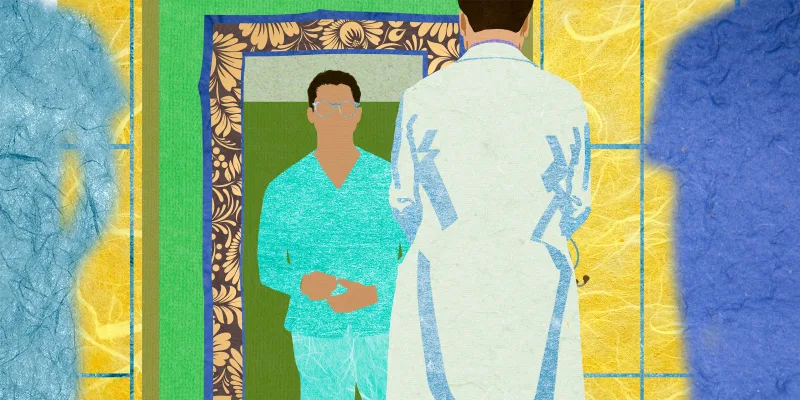If I could sum up Heart Rhythm Scientific Session 2021, which was held in Boston this year, it would be pulse-field ablation, conduction system pacing, machine learning/AI for digital health.
Let us start from the beginning. Traveling and conferencing seemed like a past life to me as I embarked from New York City to Boston at 4 am. I brought an appropriate supply of masks and hand sanitizer, not knowing what to expect as the news warned of the escalating test positivity due to the delta variant. Once I entered the conference center, it was the usual rush to get my badge from the kiosk, and I was surprised to find that I should choose which color of lanyard for my badge to declare my social inclination to others. Red, the usual color for our badges, meant that I would not want any social contact and wanted to stay six feet apart. Yellow meant one was still cautious, and green meant one was ok with handshakes and high fives. It was like a visual Facebook or Twitter setting to let others know if you were married, single, or "it's complicated.”
Anything during a pandemic is complicated. The conference was a hybrid model with virtual sessions, in-person sessions, and posters in person, as well as virtual posters to accommodate as many registrants both on- and off-site as possible. What was uplifting was catching up in person with colleagues from around the country, who I have not seen in years. There are just some social cues that can’t be replicated over Zoom. I did miss our international colleagues from Europe, Asia, and South America, who usually shared with us the technology and innovation being developed abroad.
The conference kicked off with digital health, which was propelled into the limelight during the pandemic as we all quickly adapted to televisits and remote monitoring. The research topics focused on how virtual clinical trials, massive digital health data can be culled and regurgitated into useful tools for clinicians. No doubt machine learning, AI, deep learning, neural networks, modeling, electrocardiograms, heart rate, activity, sleep patterns, weight, and blood pressure will continue to be honed at HRX in San Diego in December, which is a new conference focusing on digital clinical applications.
Posters and talks further shone a light on the promise of pulse-field ablation as it is being used for ablation in all areas of the heart: atria, ventricles, septum. Can pulse-field ablation significantly reduce ablation time with durable results? Stay tuned. Conduction system pacing, the right or left ventricle along the left bundle seems to offer new options for cardiac resynchronization. Finally, as a physician-scientist, listening to the basic science talks reminded me of why I enjoyed these conferences — to learn about new innovative techniques in development on a cellular level.
A highlight for me was to see, in person, Dr. Andrea Russo, past president of HRS, and Dr. Christine Albert, the current president of HRS, hand off the baton to Dr. Fred Kusumoto. This awe-inspiring moment helps to ensure that the future for our next diverse generation of electrophysiologists is bright.
Dr. Elaine Wan is employed by Columbia University. She has received grants from the NIH and has received consulting fees from Medtronic, Abbott, and Boston Scientific.
Illustration by April Brust







